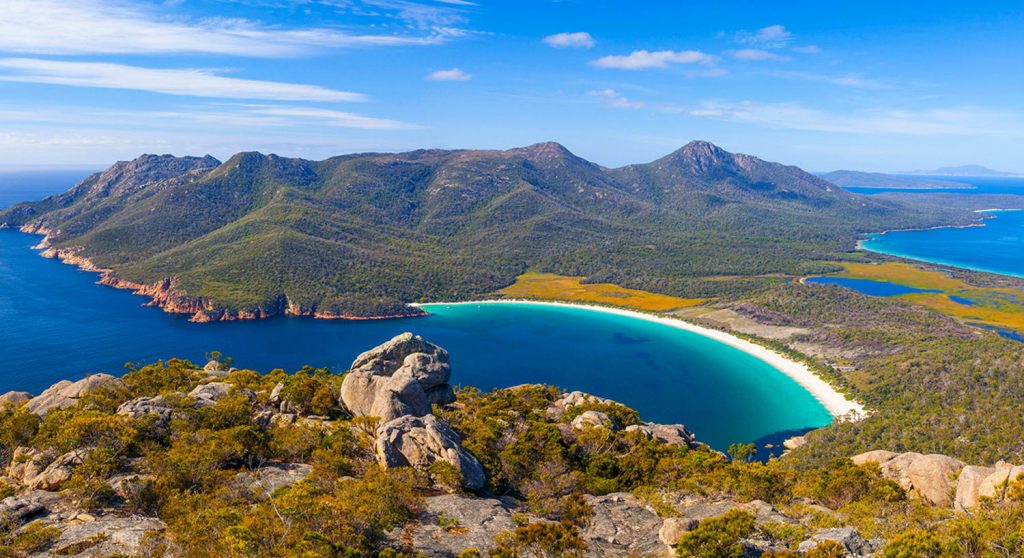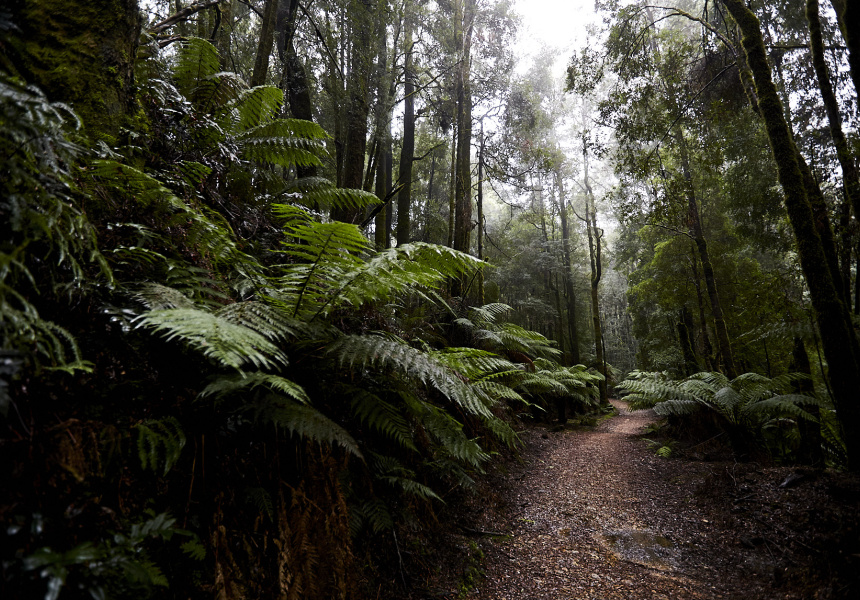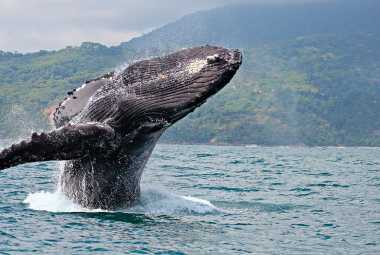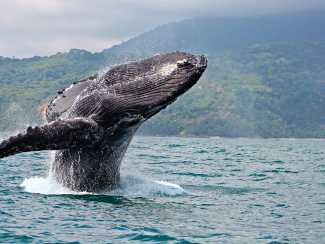Image by firstlighttravel.com.au
*Vacation Mode is a for-profit site. It contains paid banner advertisements that are generated and managed by a third-party network. This site also includes relevant affiliate links (both in the content and on the sidebar) all of which we do our best to clearly mark as such.
Are you planning a trip to the beautiful island of Tasmania? Before you pack your bags, it's important to understand the yearly weather patterns that can greatly affect your travel experience. With unpredictable weather and changing climate, this article will provide crucial information to ensure a successful and hassle-free vacation in Tasmania.
What is the Climate of Tasmania?
Tasmania's climate is classified as temperate maritime, featuring mild and wet winters, as well as cool and dry summers. The island experiences diverse weather patterns due to its varied topography. The western region typically receives more rain and cooler temperatures compared to the eastern region. Annual rainfall averages range from 500mm to 1800mm, while temperatures can range from 12°C to 21°C. The surrounding ocean greatly influences the climate of Tasmania, resulting in relatively stable and moderate weather conditions year-round.
What are the Four Seasons in Tasmania?
The four seasons in Tasmania are distinct, offering diverse experiences throughout the year.
Summer: December to February is warm and ideal for outdoor activities like hiking and beach visits.
Autumn: March to May brings mild weather, perfect for fall foliage tours and food and wine festivals.
Winter: June to August is chilly, offering skiing opportunities and indoor cultural events.
Spring: September to November showcases blooming wildflowers and is great for wildlife spotting.
What is the Average Temperature in Tasmania?

Tasmania experiences a temperate maritime climate with mild summers and cool winters. The average temperature in Tasmania ranges from 12°C to 21°C during the summer months and 3°C to 11°C in the winter. In certain areas, temperatures can even drop below freezing during the winter season.
Interestingly, Tasmania's inland areas tend to be colder than its coastal regions due to the moderating influence of the surrounding oceans.
How Does the Temperature Vary Throughout the Year?
The temperature in Tasmania varies significantly throughout the year due to seasonal changes. Here's how it fluctuates:
- Summer: December to February; the average temperature ranges between 17°C to 23°C.
- Autumn: March to May; the average temperature ranges between 12°C to 18°C.
- Winter: June to August; the average temperature ranges between 3°C to 11°C.
- Spring: September to November; the average temperature ranges between 9°C to 17°C.
During spring, my trip to Tasmania surprised me with the delightful weather. The temperature variations allowed me to experience both crisp mornings and sunny afternoons, making it an unforgettable adventure.
What is the Average Rainfall in Tasmania?
Tasmania's average annual rainfall ranges from 600 millimeters to 1400 millimeters. The western region generally receives higher rainfall, while the eastern part is drier. The coastal areas also experience higher rainfall compared to the inland areas.
Pro-tip: When planning a trip to Tasmania, pack waterproof clothing and plan indoor activities for days with higher rainfall.
How Much Rain Does Tasmania Get in Each Season?
- Summer: Tasmania receives an average of 50-70mm of rainfall per month, making it the season with the highest amount of rainfall. Thunderstorms are also common during this time.
- Autumn: The amount of rainfall decreases slightly during autumn, with an average of 40-60mm per month. Showers are frequent, especially in March.
- Winter: Rainfall increases again during winter, with an average of 50-70mm per month. Cold fronts often bring significant amounts of rain.
- Spring: Tasmania experiences moderate rainfall during spring, with an average of 40-60mm per month. Showers are common, particularly in October.
What is the Best Time to Visit Tasmania?

The ideal time to visit Tasmania is during the summer months from December to February when the weather is warm and perfect for outdoor activities. This season offers extended daylight hours, making it the perfect time to discover the breathtaking landscapes, attend outdoor festivals, and participate in water sports.
Fun fact: Tasmania is also home to the renowned MONA museum, which is known for its exceptional collection of contemporary art.
What Activities are Best During Each Season?
During Tasmania's spring, indulge in blooming wildflowers and hiking.
In summer, enjoy outdoor activities such as kayaking and beach outings.
Autumn invites visitors to admire the changing foliage and participate in grape harvesting.
Finally, winter is the ideal time for skiing on Mount Wellington and exploring cozy cafes.
Pro-tip: Be sure to check local event calendars for seasonal festivals and special events to enhance your Tasmania experience.
What are the Extreme Weather Events in Tasmania?

Tasmania experiences a variety of extreme weather events throughout the year, including:
- bushfires
- severe storms
- heavy rainfall leading to flooding
- and occasional snowstorms in higher elevations
How Does Tasmania Prepare for These Events?
- Early warning system: Tasmania utilizes advanced meteorological technology to forecast extreme weather events, issuing timely alerts to the public and relevant authorities.
- Community preparedness: Regular drills and educational programs are conducted to equip residents with the necessary skills and knowledge to respond effectively during extreme weather occurrences.
- Infrastructure resilience: Investments in robust infrastructure and construction techniques are made to safeguard against extreme weather, such as flood barriers and reinforced buildings.
- Collaborative response: Tasmania fosters collaboration among emergency services, local government, and communities to ensure coordinated efforts in preparing for and managing extreme weather events.
To maximize safety, individuals planning to visit Tasmania should stay informed about weather forecasts and adhere to any official warnings or advisories during their trip.
In order to effectively prepare for these events, Tasmania utilizes a combination of methods including advanced technology, community education, infrastructure investments, and collaboration among emergency services, local government, and communities.
Frequently Asked Questions
What is the average temperature in Tasmania during the summer?
The average temperature in Tasmania during the summer months (December-February) is around 21-23 degrees Celsius.
What is the coldest month in Tasmania?
The coldest month in Tasmania is usually July, with average temperatures ranging from 3-11 degrees Celsius.
What is the wettest month in Tasmania?
The wettest month in Tasmania is usually June, with an average of 150-200mm of rainfall.
Is Tasmania prone to bushfires during the summer?
Yes, Tasmania is prone to bushfires during the summer months due to the hot and dry weather conditions.
What is the best time to visit Tasmania for outdoor activities?
The best time to visit Tasmania for outdoor activities is during the summer months (December-February), when the weather is warm and dry.
Does Tasmania experience four distinct seasons?
Yes, Tasmania experiences four distinct seasons - summer (December-February), autumn (March-May), winter (June-August), and spring (September-November). Each season has its own unique weather patterns and temperatures.


















